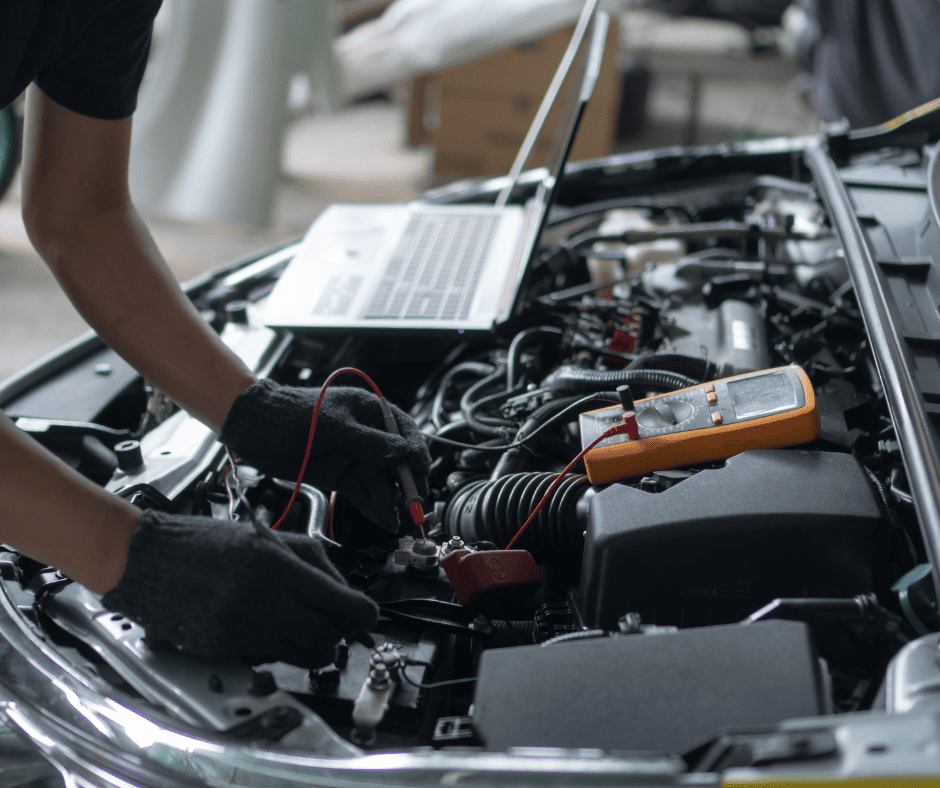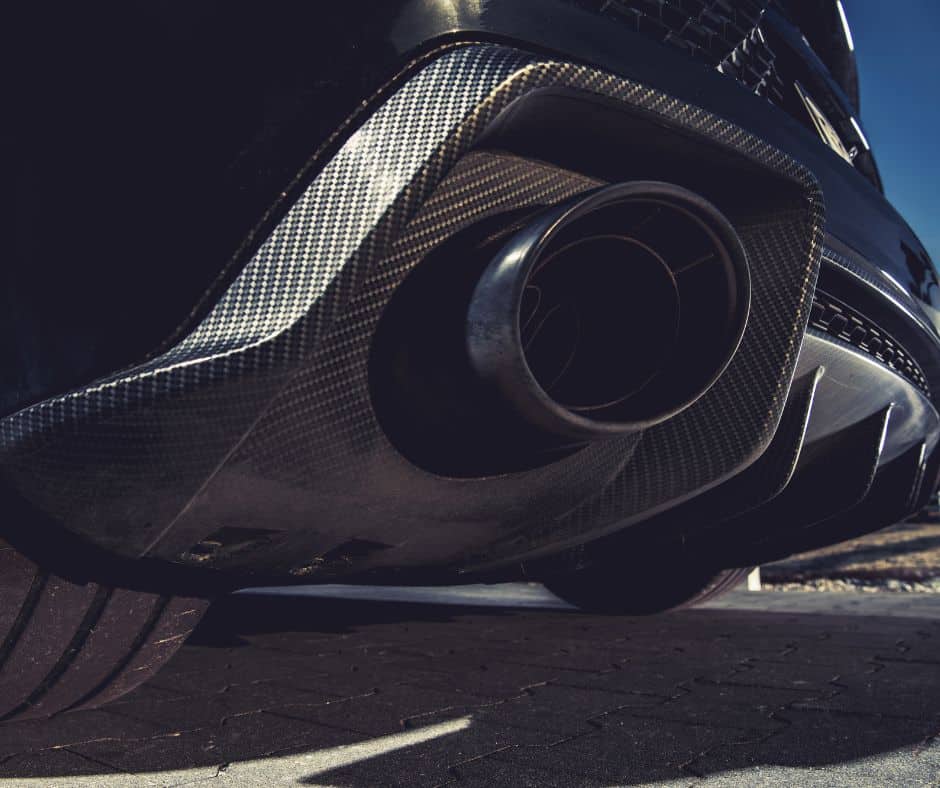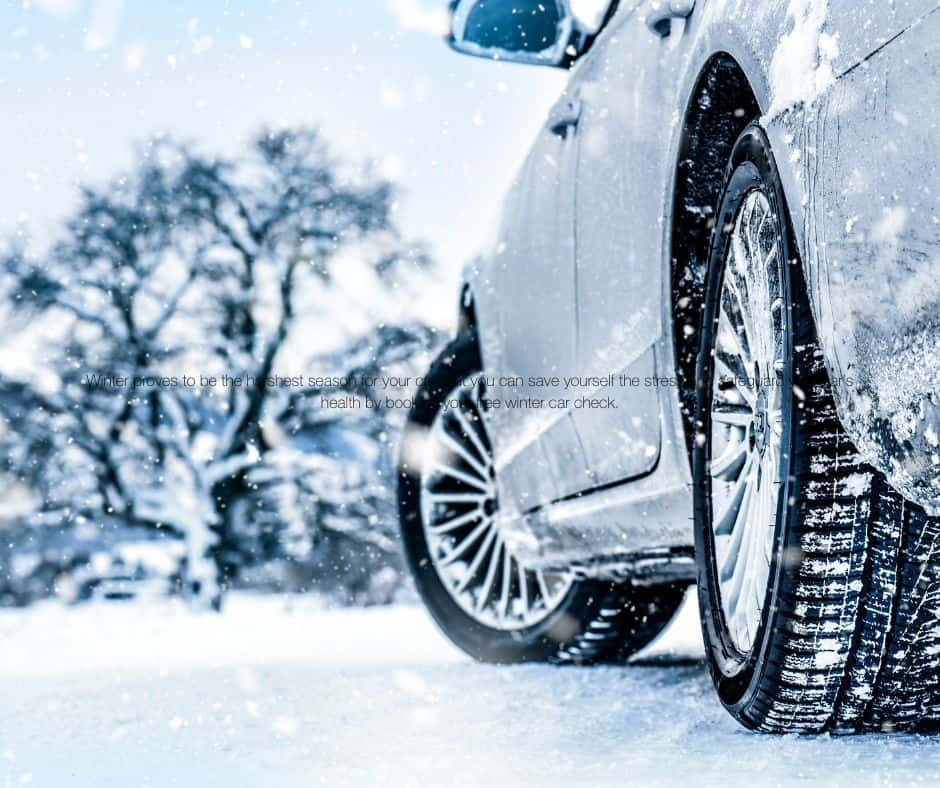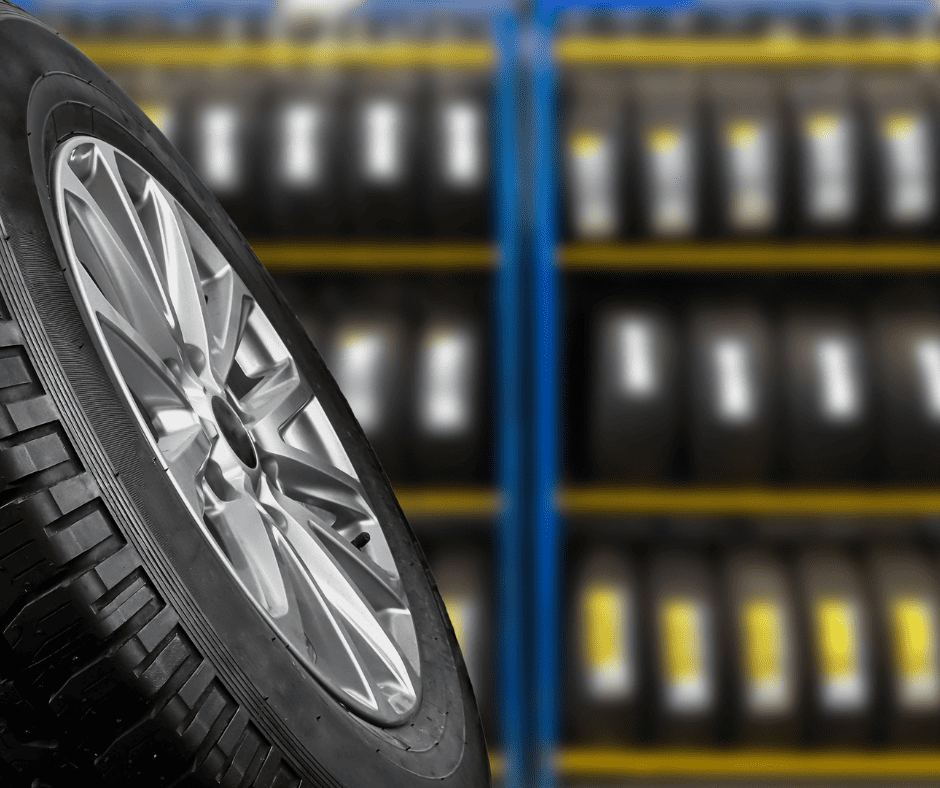1st March 2018
How to Safely Drive in Snowy Conditions

Before Making a Journey
1. Thoroughly defrost all of your vehicles windows
Make sure that the inside and outside of your windows are free from ice and mist, turning on your air con clears windows quicker as it takes the moisture out of the air. Take a look at our blog post ‘How to Properly Defrost your Windscreen’ for further info.
2. Check your wipers
You can pour some hot (but not boiling!) water over them to remove any ice. Don’t turn your wipers on until you have done this- frozen wipers can damage your windscreen and wiper motor.
3. Check your tyres
You should make a habit of checking your tyre pressure and tread once a month. Over or under inflated tyres and those without correct tread can seriously affect your vehicles road handling.
4. Allow more time to travel
Pre-plan your journey, use a route planner to check traffic and help to make your journey as smooth as possible.
5. Be prepared
Pack for the worst. Make sure you take warm waterproof clothing, blankets, boots, gloves and a scarf. Some food, drink, a torch and hi-vis jacket come in very handy if you do break down. You should make a habit of always having de-icer, an ice scraper, phone charger and first aid kit in your car. If you want to go all out pack some jump leads, a spade and a square of carpet that you can put under your drive wheels in case you get stuck.
How to Drive in the Snow
Accelerate Slowly– only rev the engine lightly and change up into a higher gear as quickly as possible.
Brake Slowly– braking slowly over a longer distance prevents skidding. It will take your vehicle longer to stop in snow and ice so bear this in mind.
Drive off in Second Gear– this helps to reduce your wheels from slipping
Drive More Slowly– it seems obvious but drive more slowly with caution this allows you more time to steer and stop.
Icy Tracks– try to stay out of the tracks of other vehicles, they will have compacted the snow making it more likely to be icy than the fresh powder.
Leave Room– leave plenty of room between you and the vehicle in front. If traffic stops on a hill it is important to leave good distance between you and the vheicle infront.
Going Downhill– try to keep your braking to a minimum. Change down gear to slow the vehicle down.
Approaching Bends– brake before the bend, before you start to turn the steering wheel. If you do start to skid take your foot off the accelerator and keep the wheels pointing in the direction you want to travel.
Lights– if you’re driving in heavy snow make sure you turn your lights on; daytime running lights aren’t necessarily bright enough for snowy conditions. If the visibility is less than 100m turn your fog lights on but remember to turn them off once visibility improves.
Beware of Black Ice– the sun may have melted snow and ice on the majority of the roads but areas left in the shade can often still be icy.
What to do if you start skidding
It may seem the wrong thing to do but steer into the skid rather than away from it. So if the back of the car is sliding left turn your steering wheel left. Make sure you keep your hands on the steering wheel at all times and do not brake harshly.
If you would like your car serviced before or during the winter, please contact our friendly team today.










